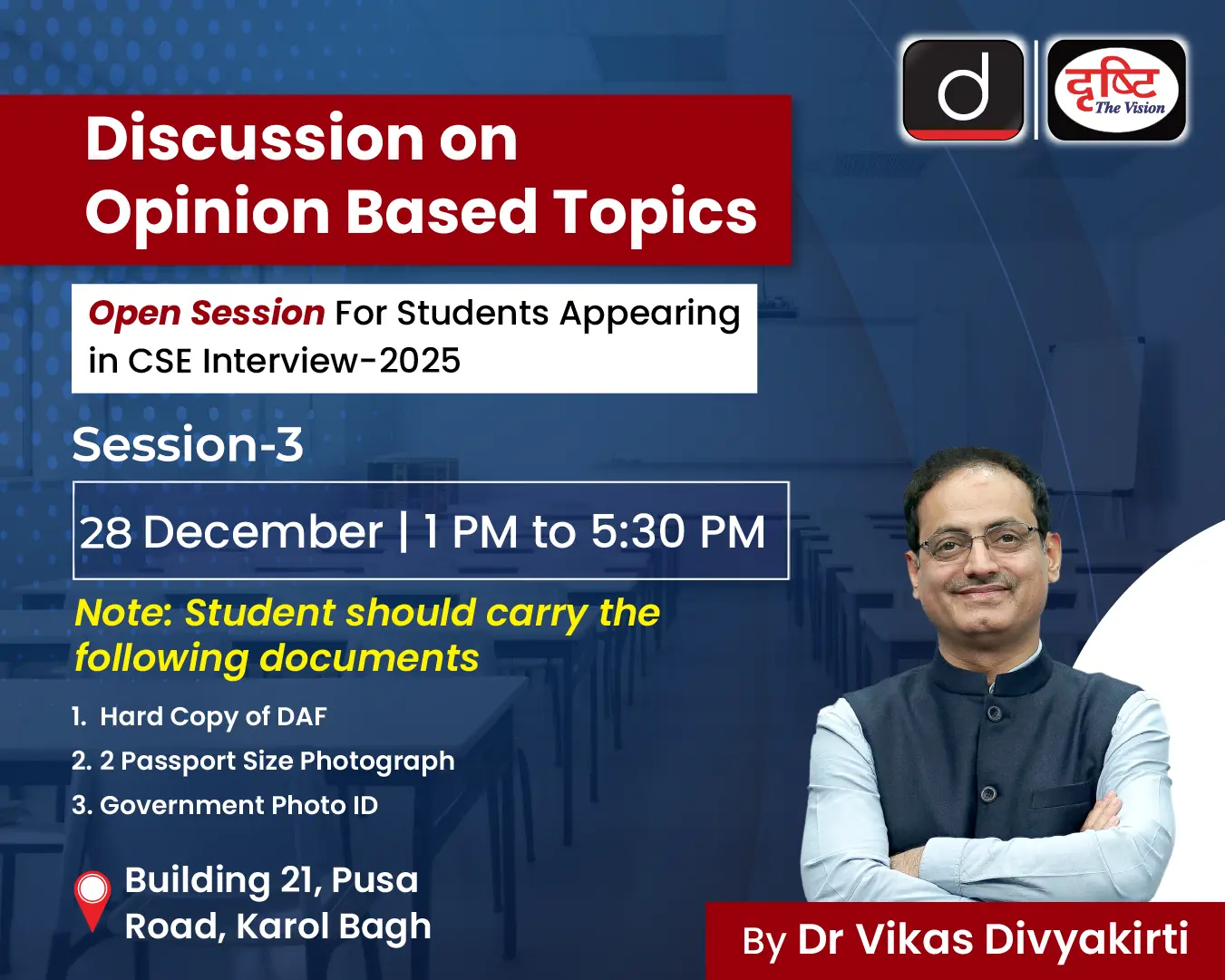Indian Polity
Collegium System for the Appointment of Judges
- 28 Jan 2021
- 7 min read
Why in News
Recently, the Supreme Court (SC) questioned the government about the delay in clearing Collegium recommendations for judicial appointments to various High Courts (HC).
Key Points
- Collegium System:
- It is the system of appointment and transfer of judges that has evolved through judgments of the SC, and not by an Act of Parliament or by a provision of the Constitution.
- Evolution of the System:
- First Judges Case (1981):
- It declared that the “primacy” of the Chief Justice of India (CJI)s recommendation on judicial appointments and transfers can be refused for “cogent reasons.”
- The ruling gave the Executive primacy over the Judiciary in judicial appointments for the next 12 years.
- Second Judges Case (1993):
- SC introduced the Collegium system, holding that “consultation” really meant “concurrence”.
- It added that it was not the CJI’s individual opinion, but an institutional opinion formed in consultation with the two senior-most judges in the SC.
- Third Judges Case (1998):
- SC on President’s reference expanded the Collegium to a five-member body, comprising the CJI and four of his senior-most colleagues.
- First Judges Case (1981):
- Evolution of the System:
- The SC collegium is headed by the CJI and comprises four other senior most judges of the court.
- A HC collegium is led by its Chief Justice and four other senior most judges of that court.
- Names recommended for appointment by a HC collegium reaches the government only after approval by the CJI and the SC collegium.
- Judges of the higher judiciary are appointed only through the collegium system and the government has a role only after names have been decided by the collegium.
- The government’s role is limited to getting an inquiry conducted by the Intelligence Bureau (IB) if a lawyer is to be elevated as a judge in a High Court or the Supreme Court.
- Intelligence Bureau (IB): It is a reputed and established intelligence agency. It is authoritatively controlled by the Ministry of Home Affairs.
- It can also raise objections and seek clarifications regarding the collegium’s choices, but if the collegium reiterates the same names, the government is bound, under Constitution Bench judgments, to appoint them as judges.
- The government’s role is limited to getting an inquiry conducted by the Intelligence Bureau (IB) if a lawyer is to be elevated as a judge in a High Court or the Supreme Court.
- It is the system of appointment and transfer of judges that has evolved through judgments of the SC, and not by an Act of Parliament or by a provision of the Constitution.
- Procedure for Various Judicial Appointments:
- For CJI:
- The President of India appoints the CJI and the other SC judges.
- As far as the CJI is concerned, the outgoing CJI recommends his successor.
- In practice, it has been strictly by seniority ever since the supersession controversy of the 1970s.
- For SC Judges:
- For other judges of the SC, the proposal is initiated by the CJI.
- The CJI consults the rest of the Collegium members, as well as the senior-most judge of the court hailing from the High Court to which the recommended person belongs.
- The consultees must record their opinions in writing and it should form part of the file.
- The Collegium sends the recommendation to the Law Minister, who forwards it to the Prime Minister to advise the President.
- For Chief Justice of High Courts:
- The Chief Justice of High Court is appointed as per the policy of having Chief Justices from outside the respective States.
- The Collegium takes the call on the elevation.
- High Court judges are recommended by a Collegium comprising the CJI and two senior-most judges.
- The proposal, however, is initiated by the outgoing Chief Justice of the High Court concerned in consultation with two senior-most colleagues.
- The recommendation is sent to the Chief Minister, who advises the Governor to send the proposal to the Union Law Minister.
- For CJI:
- Criticism of the Collegium System:
- Opaqueness and a lack of transparency.
- Scope for nepotism.
- Embroilment in public controversies.
- Overlooks several talented junior judges and advocates.
- Attempts to reform the Appointment System:
- The attempt made to replace it by a ‘National Judicial Appointments Commission’ was struck down by the court in 2015 on the ground that it posed a threat to the independence of the judiciary.
Related Constitutional Provisions
- Article 124(2) of the Indian Constitution provides that the Judges of the Supreme Court are appointed by the President after consultation with such a number of the Judges of the Supreme Court and of the High Courts in the States as the President may deem necessary for the purpose.
- Article 217 of the Indian Constitution states that the Judge of a High Court shall be appointed by the President consultation with the Chief Justice of India, the Governor of the State, and, in the case of appointment of a Judge other than the Chief Justice, the Chief Justice of the High Court.
Way Forward
- Filling up of vacancies is a continuous and collaborative process involving the executive and the judiciary, and there cannot be a time frame for it. However, it is time to think of a permanent, independent body to institutionalize the process with adequate safeguards to preserve the judiciary’s independence guaranteeing judicial primacy but not judicial exclusivity.
- It should ensure independence, reflect diversity, demonstrate professional competence and integrity.
- Instead of selecting the number of judges required against a certain number of vacancies, the collegium must provide a panel of possible names to the President to appoint in order of preference and other valid criteria.







